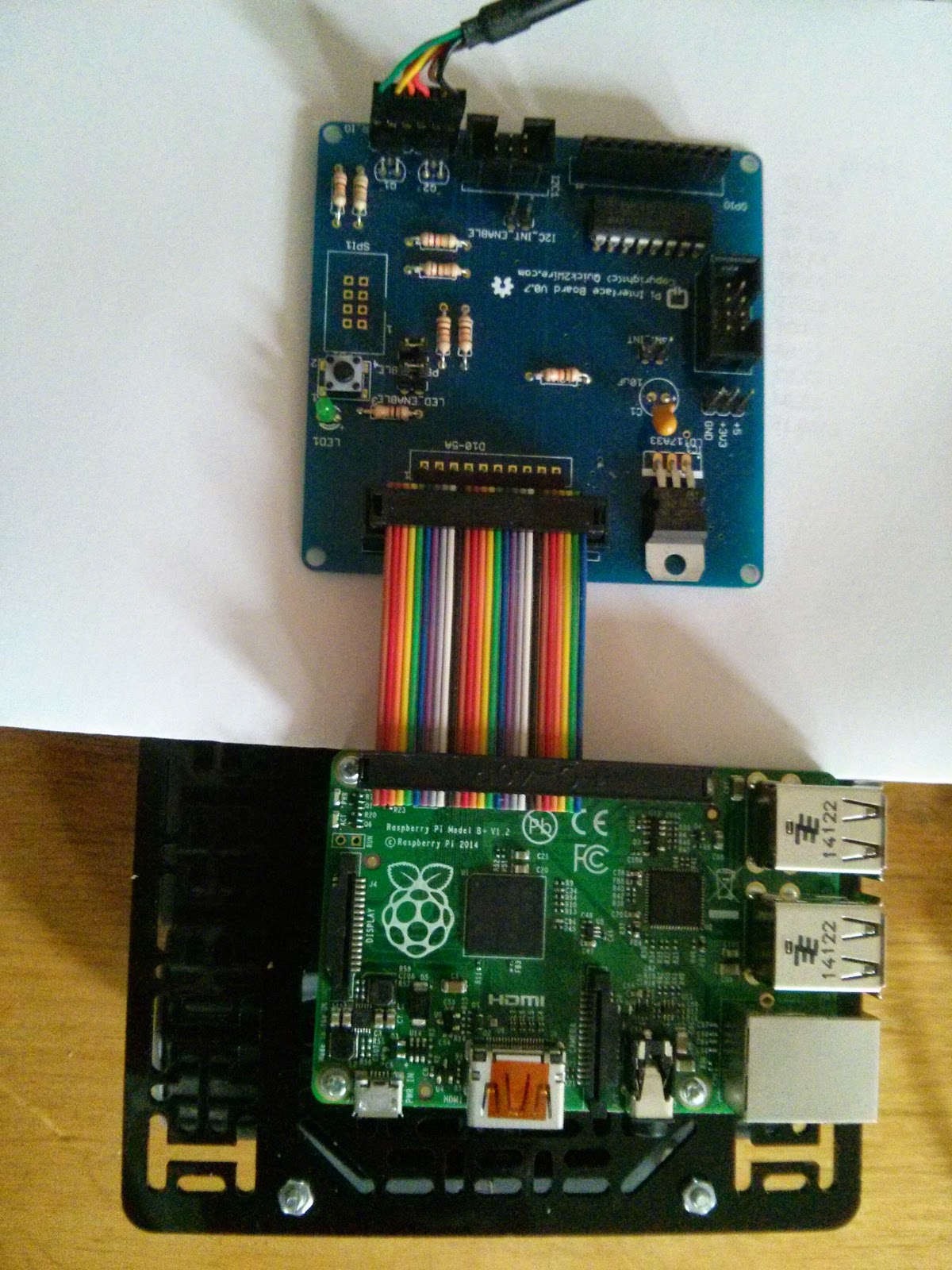C3Pi: The Teensy and Motor Driver are talking

C3Pi Teensy 3.0 and Motor Driver At the end of the previous post I let myself get a bit carried away! C3Pi has always used a Solarbotics motor driver. In the past it's been controlled by an Arduino Pro Mini. While the software for the Teensy is very similar, I needed to make a couple of changes to the code and more significant changes to the pinout. Slow and steady So my rush to solder up some stripbaord was premature. I've breadboarded the circuit instead. I've now got the Teesny 3.0 controlling it, and the Teensy is controlled by serial input. Since I've already checked that the Pi can drive the Teensy's serial port, I'm ready to go. Tomorrow's plan Tomorrow I will prepare the stripboard, connect the motors and take C3PI for his first outing. Initially I will control C3Pi via ssh over wifi. Come back tomorrow to find out how the project is going. If you want to meet C3Pi in person, come along to this Saturday's Southend Raspberry J...



